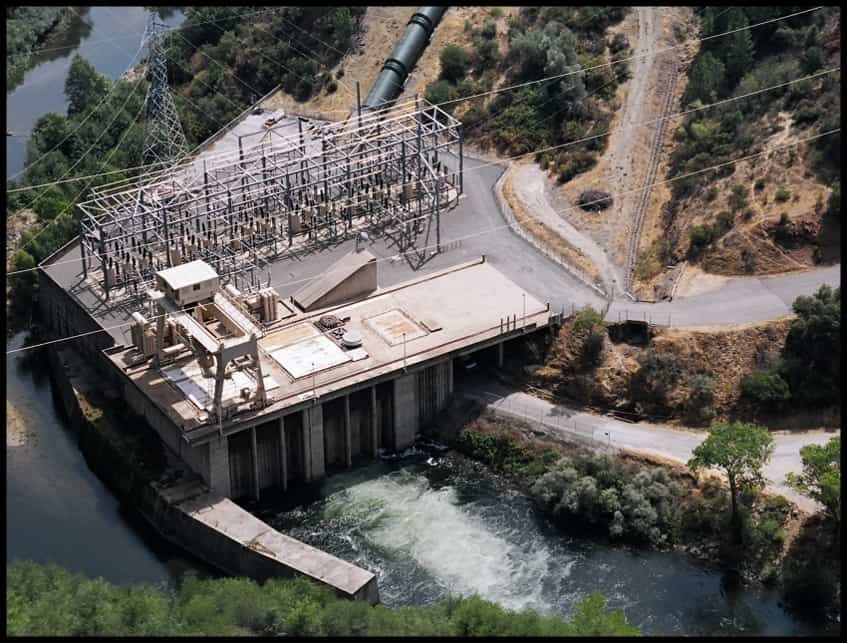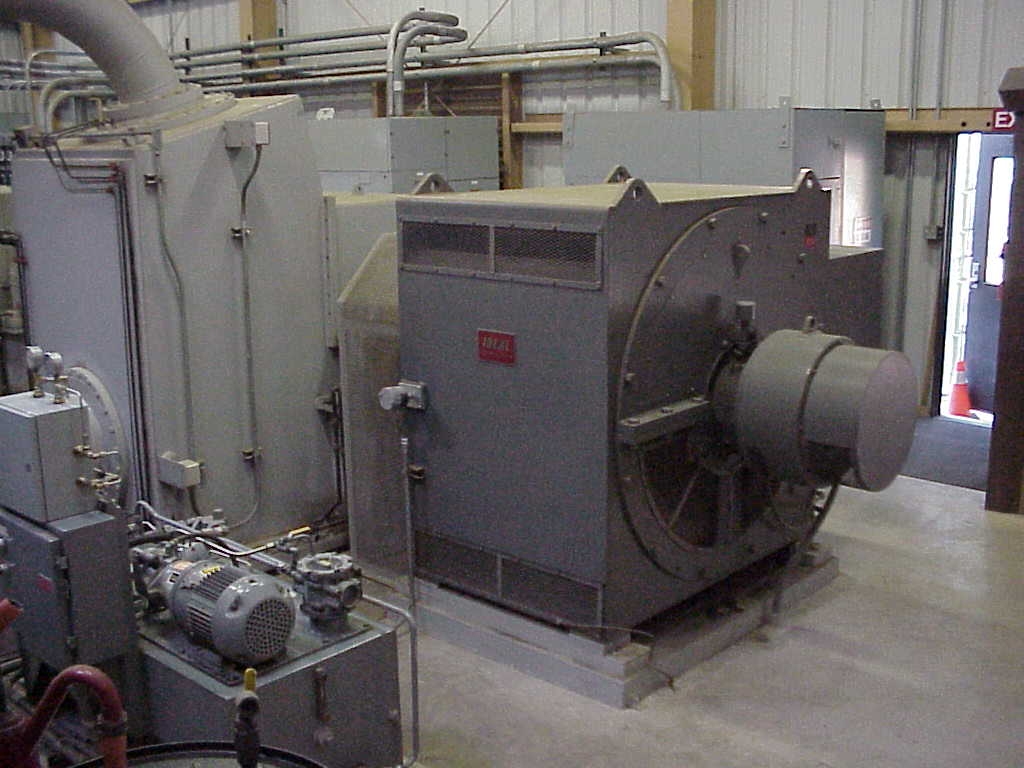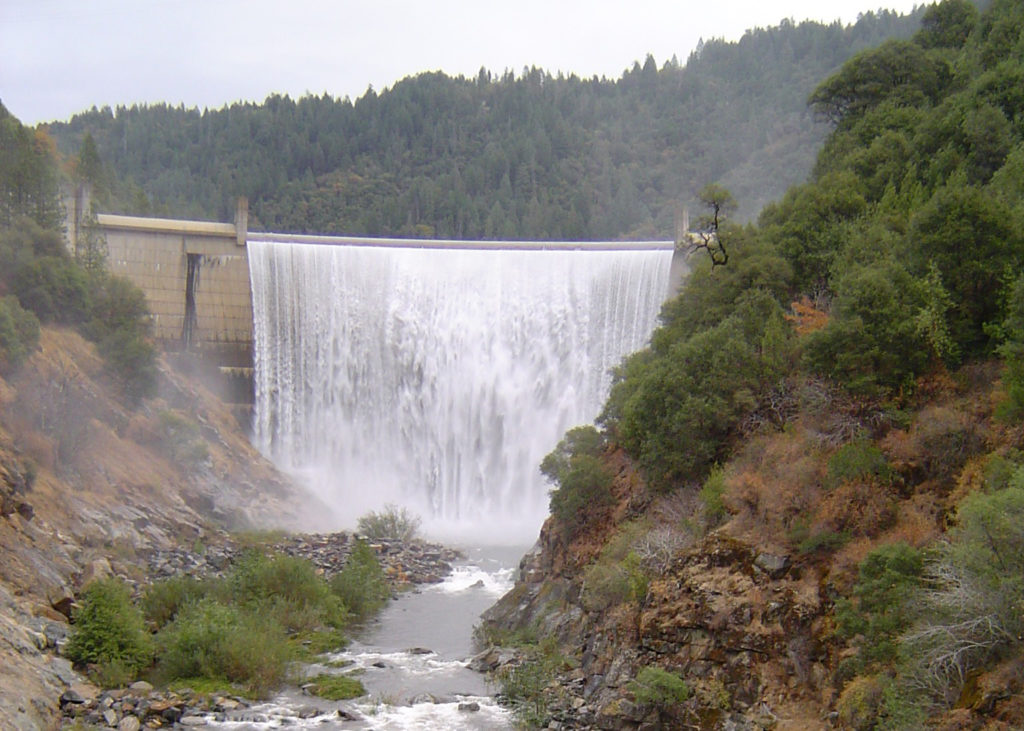Hydroelectric
Hydroelectric power accounts for nearly 20% of global electricity generation and is recognized for being both clean and efficient. Once operational, a hydroelectric plant produces no direct waste and emits low levels of CO2. EETS has been actively involved in the water power movement since 1984, beginning with our first hydro project – the refurbishment of Virginia Ranch Dam in Yuba County, originally commissioned in 1962. Since then, EETS engineers have collaborated with both public and private sectors on a multitude of hydroelectric projects, with power production capacities ranging from 250kW to 685MW.
SPOTLIGHT
Hydroelectric Projects
Upper American River, California
SMUD Upper American River Hydro (UARP)


- Formulate detailed Scope Plan
- Review alternative governor architectures and vendor-specific solutions/procure and review requirements
- Conducted a detailed review and cross-referencing of existing facility documentation at SMUD’s Fresh Pond office for governor and TSV control functions, including station drawings, operations and maintenance manuals, design data, machine and penstock model analysis, and commissioning test results
- Design new 12kV electrical service from Pacific Gas & Electric
- Reconnection of existing plant service at 12kV level
- Design for new 750kVA solar field, step-up transformer and utility interconnection
- Piping and instrumentation, one-line of governor and TSV functions
- Programmable logic controllers and associated equipment
- Process instrumentation and control systems
Alameda County, California
Alameda County Water District WTP #2 Energy Recovery Hydro

The six hydroelectric turbine generators had the capacity to generate 1.25MW of electricity from the incoming water flow of the South Bay Aqueduct. Four out of the six 250kW generators were replaced with 300kW turbine generator units. EETS engineers developed the electrical design for these four new induction generators, including their protection and control. This upgrade resulted in savings of upwards of half a million dollars for the water district, compared to the purchase pricing from PG&E.
Mokelumne County, California
PG&E-Electra Hydroelectric Power House


Escondido, California
City of Escondido – Bear Valley Hydro

Design of a new protective relay and PLC-based control system with an HMI terminal for this 1.5MW two-unit hydroelectric facility, including an HMI interface with the City’s water treatment plant system. Additionally, the design of modifications to the existing plant’s power and instrumentation systems was undertaken.
Eldorado County, California
Slab Creek Hydroelectric Facility

Design of a Modicon PLC-based control and instrumentation system, along with a SCADA interface, for the refurbished 450kW induction generator Francis hydro unit. This also involved the review and revision of the unit’s protective relaying, as well as providing start-up support.
Auburn, California
PG&E Wise Hydroelectric Powerhouse

Wise Powerhouse, a key component of a system that includes reservoirs, canals, and other powerhouses starting at Spaulding Dam, is capable of generating 14 MW of electricity. Initially commissioned in 1917 by PG&E, this powerhouse has undergone numerous upgrades and refurbishments over the years. EETS engineers were in charge of designing a replacement generator neutral grounding transformer and field cables for the most recent refurbishment.
